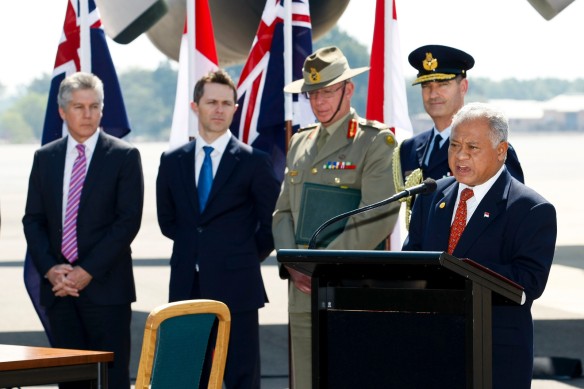An excellent shot from RIMPAC 2012. Soldiers from Company A, 2nd Battalion, Princess Patricia’s Canadian Light Infantry, move to clear a house during a Military Operations on Urban Terrain exercise at Marine Corps Training Area Bellows.
These soldiers form part of the 1,400 person Canadian contingent at this year’s Rim of Pacific (RIMPAC) exercise. Canada has participated in the biennial exercise before, but this year some commentators note a few changes: this is the largest-ever contribution, and Canadians have for the first time occupied senior leadership positions within the exercise.
In their opinion, Canada’s involvement in RIMPAC parallels with increasing interest in the Asia Pacific. Others suggests greater responsibility is the product of good leadership shown in Afghanistan, Libya and Haiti.
Not knowing much about Canada and its interests in Asia, I found this Asia Pacific Foundation of Canada 2012 National Opinion Poll on Canadians’ views on Asia. With 67% of Canadians believing that in a decade the influence of China will surpass that of the US but 66% believing that China’s growing military power is a threat to the region, it’s no surprise the country is more engaged with the Asia Pacific.
For a great infographic summarising the results of the poll, click here (PDF).
Image courtesy of Flickr user PACOM.







